Modern TVs are no longer bulky and take up less space. They are also more stylish and elegant. However, modern LCD TVs do not have fixed support points for placement. Therefore, we need TV brackets to secure them in place. The specifications of the brackets vary. Different types of brackets, such as wall-mounted, floor-standing, and rotating, can be used to meet different needs and secure the TV in different locations.
The specifications of wall-mounted brackets generally range from 22 cm to 26 cm in length and from 14 to 32 inches in width. They are also available in sizes of 47 cm by 43 cm, suitable for 32- to 57-inch TVs. TV adjustments can be made based on the different model types of the TVs, allowing for a coordinated and comfortable space that does not interfere with other items. The installation height of the wall-mounted bracket is generally 1 to 1.2 meters from the ground, which provides a comfortable viewing experience. The size can be adjusted in both directions. The wall-mounted bracket material is usually cold-rolled steel and can withstand the weight of the TV. It also has a double-hook anti-fall design that offers a good load-bearing capacity. The secure screw design ensures that the TV will not move when mounted, even in overload situations, and will not bend.
Floor-standing TV brackets are generally suitable for large-sized TVs, with a panel width of 600 mm or more and a floor height of 1200 mm-1500 mm. They are mainly used in places such as hotel lobbies, offices, and conference rooms, supporting TVs that range from 32 to 65 inches. The biggest advantage of floor-standing brackets is their ease of mobility, which avoids damage to walls caused by wall-mounted options and saves resources. It can be moved to any location without the need for installation in every room. In addition, the stability is excellent, and you do not have to worry about the TV falling and breaking. It allows for 360-degree viewing, just like wall-mounted brackets, and can adjust to the most suitable viewing height for sitting, standing, or lying down, thanks to the adjustable support pole. The main materials are stainless steel and aluminum alloy, and many new practical features are available, such as a place for set-top boxes.
Whether it is wall-mounted or floor-standing, the specifications of custom TV brackets are similar. The size of the TV only needs to fit within the range of the bracket's load-bearing capacity. They also offer extensions and rotation functions, and the angles of rotation and extension length are also limited. Therefore, the term "rotating" or "extending" brackets isn't singular but a combination of different criteria. Wall-mounted rotating brackets can achieve a 360-degree viewing angle within a certain space, just like floor-standing brackets, but they cannot be moved to another space. Floor-standing brackets can be adjusted to the most appropriate height for viewing, regardless of whether seated, standing, or lying down, thanks to the adjustable pole. The types of tv brackets are also becoming increasingly diverse, with different needs depending on the occasion. When purchasing TV brackets, it is important to choose according to your specific needs. The above information is for reference purposes only, and we hope it helps you make a more informed decision!
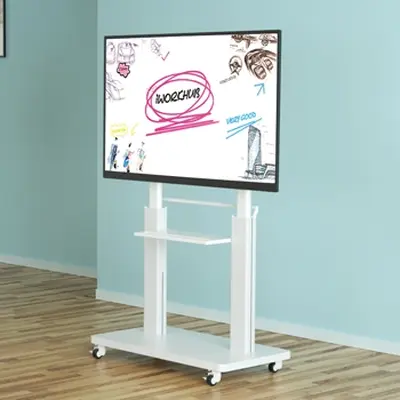
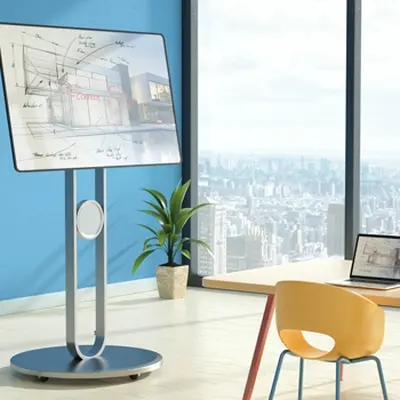
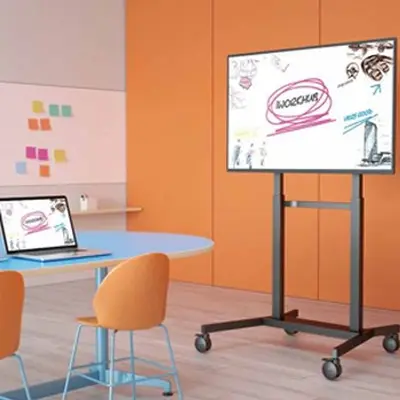
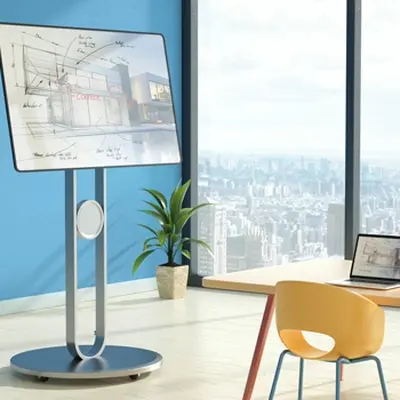
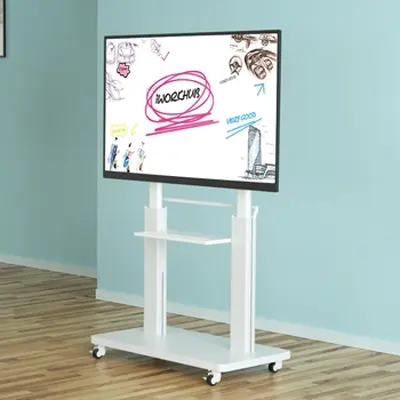
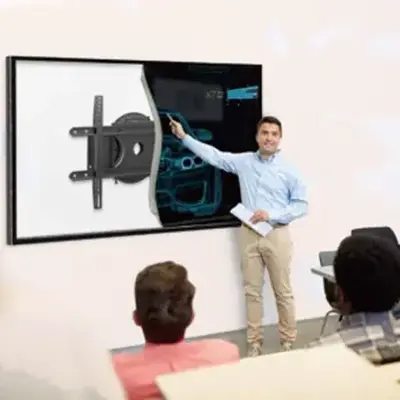
 Email Us:
Email Us:  Room D, 10/F, Tower A, Billion Centre, 1 Wang Kwong Road, Kowloon Bay, Kowloon, HongKong
Room D, 10/F, Tower A, Billion Centre, 1 Wang Kwong Road, Kowloon Bay, Kowloon, HongKong